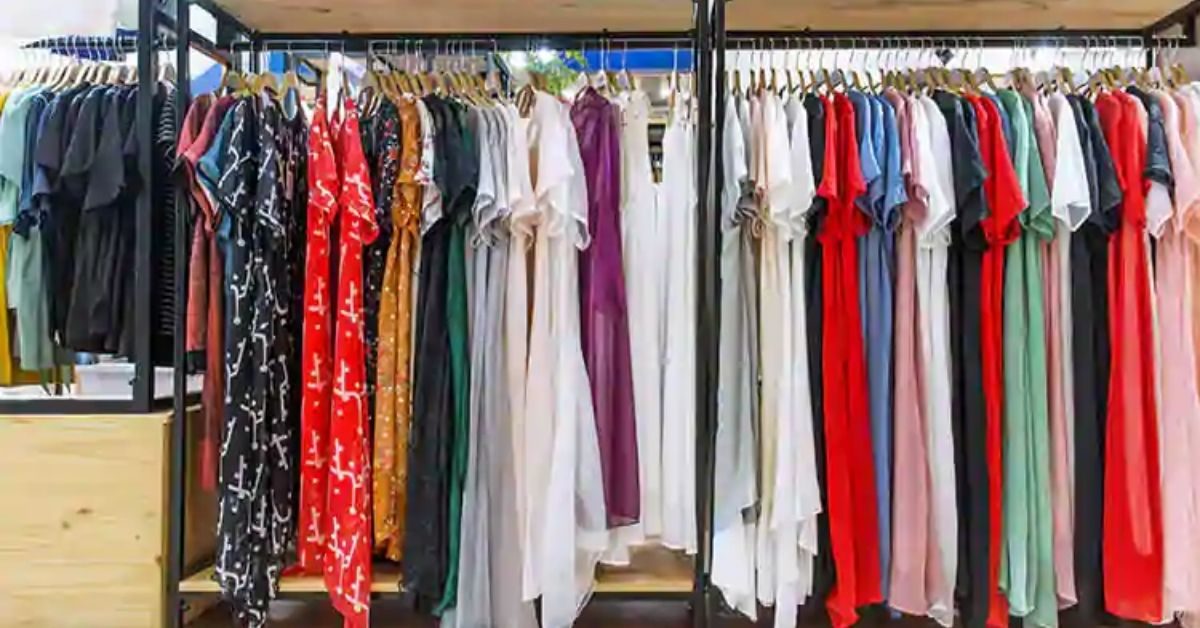Source: Financial Express
What should have been a time for rejoicing over the primary export sector of Bangladesh, is turning out to be a bitter pill. The readymade garments (RMG) sector has seen its share of its products in the two main markets- the United States (US) and the European Union (EU) fall in both value and volume over the two-month period (January – February, 2024). While China and Vietnam have both registered single-digit growth in terms of value and volume of exports to the US, Bangladesh has registered double-digit negative growth rate in this market. The situation is all negative for these three nations in the EU market (over the same period), but Bangladesh’s loss is markedly more than its two closest competitors.
QIMA, a quality-control company, in its latest report revealed that “following a slow 2023, demand for textile and apparel inspections and audits were up by more than 20 per cent YoY in Q1 2024 globally.” The report further stated that, “interest in China’s manufacturing capacities remained robust among buyers in other parts of Asia, as well as in Latin and South America, with double-digit growth in inspection and audit demand across the board”. Bangladeshi RMG companies have been struggling with cost escalations that have hampered its ability to take advantage of the recent rebound in the global apparel demand. These cost hikes include a new wage board structure for workers in the industry and increase in energy costs. Not equally but still quite important is the nagging issue of logistics whereby shipment delays have been costing the sector heavily in meeting deadlines.
Then there is the question of incentives. A recent decision to withdraw incentives on this industry has not helped matters. But incentives were bound to go anyway sometime. Some experts believe that the explosive growth in industrial production capacity in this sector had happened without proper demand forecasting. Many companies have grown to conglomerate size employing tens of thousands of workers. The expansion of some companies defied the economics but they grew nonetheless, due to availability of easy credit and perceived notions of demand for their products (in some cases). The belief that the government would forever go on providing subsidies in one form or another or perhaps, delay the inevitable introduction of a living wage that would potentially hamper the business model was perhaps was misplaced.
There are multifarious problems that the RMG industry is suddenly confronting. Upward revision of energy prices (both electricity and primary), a less-than-efficient system of outbound cargo (both by sea and air), etc. did not help matters. While a miniscule number of companies strove hard to make their factories energy-compliant, this was not the case for the majority of the industry. While it is seen that hundreds of companies are now joining the US LEED certification standard, thousands more are not in a position to do so. These are basic realities of life. While systemic problems are a national priority and require reform at policy level, there are things that should have been done at the sector level, but were not. When business was rosy, few entrepreneurs saw it fit to streamline their operations by introducing technologies that would bring down drastically their factories’ consumption of water, electricity and energy. Only a handful of them saw it fit to allocate a significant portion of their profits to retrofit their plants in order to meet the stringent requirements demanded in emerging markets such as Japan because it was felt that the good days would last forever.
Sadly, nothing lasts forever in the cutthroat business of fashionwear. Vietnam, a late entrant into the apparel market, had invested heavily in power and ports long before Bangladesh had joined that phase. It also invested heavily in human capital development vis-à-vis infrastructure development and made the regulatory regime as simple as possible. Bangladesh is still grappling with these basic issues. The good news here is that buyers of EU and the US have stepped up their procurement from Bangladesh, but it remains to be seen whether this is temporary or it will last. The full spectre of subsidy-withdrawal coupled with other cost escalation factors will become apparent in the months to come. According to OTEXA data, the country’s RMG exports to the US totaled US$1.18 billion in the two-month period mentioned which is a 19.24 per cent decrease compared to the corresponding period in 2023. Unless the RMG sector wakes up and addresses the problems it has at factory level, it will become increasingly difficult to do business. Policymakers too should weigh the pros and cons of getting the house in order in terms of logistics bottlenecks if they don’t want the dominant export sector to suffer and experience a dip in its exports.








